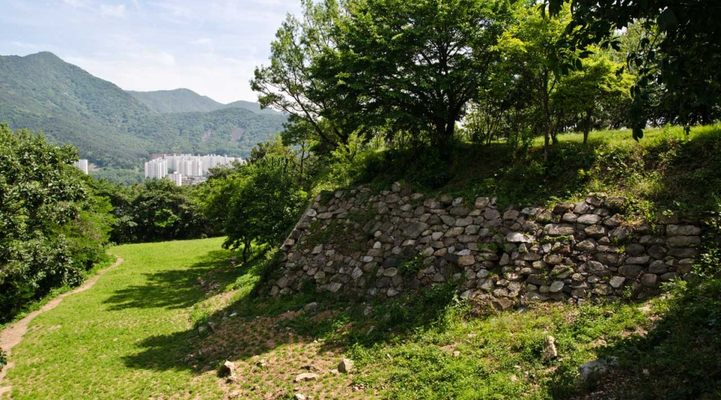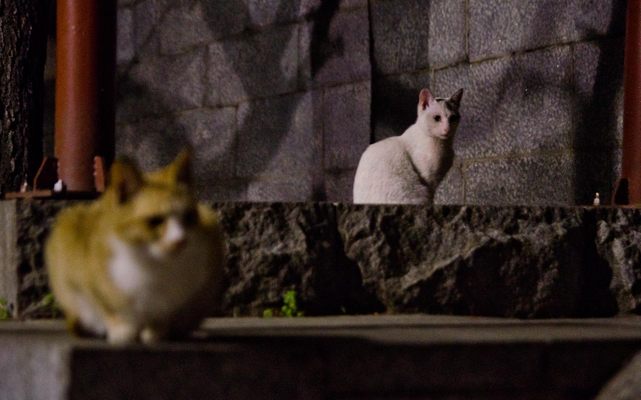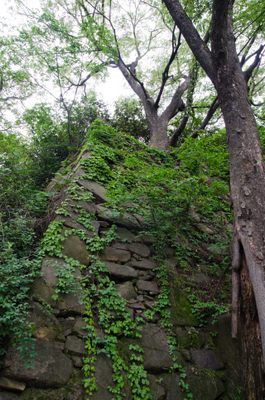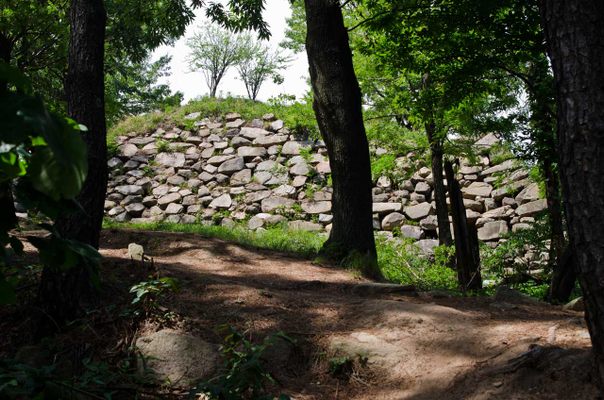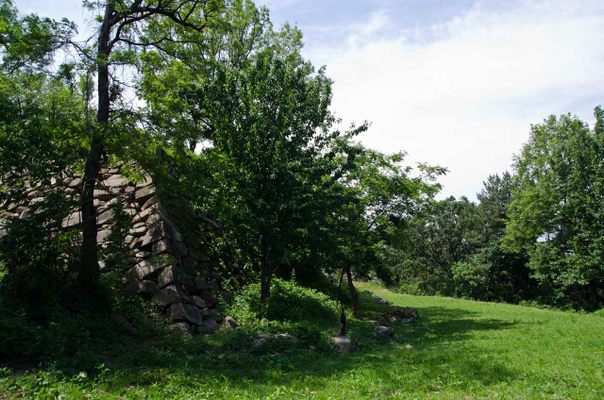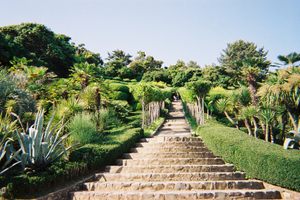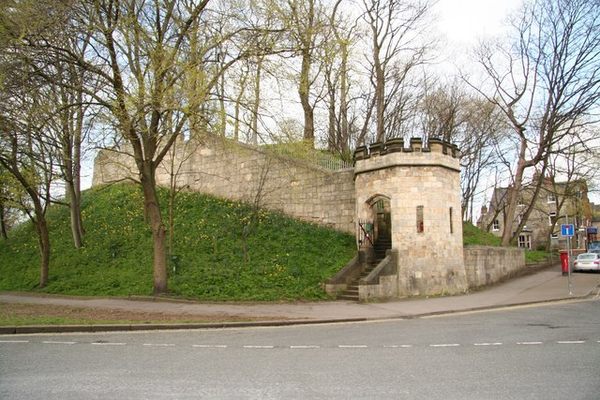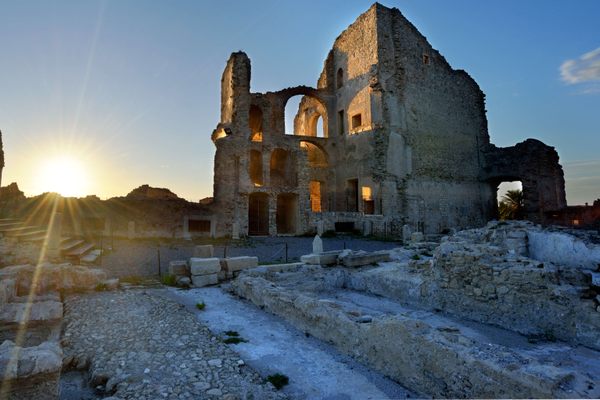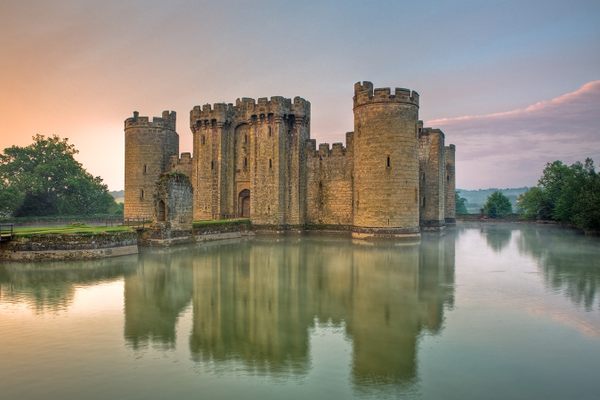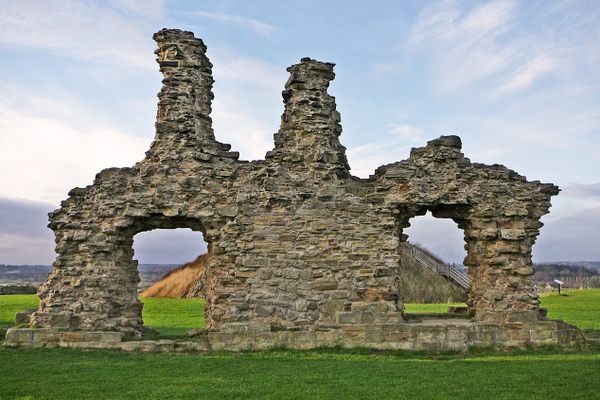About
In the late 16th century, Japanese Samurai lords, daimyos, built several castle-like fortresses in Busan during an ambitious plan to conquer Joseon Korea and Ming China. The Koreans, with the later help of the Ming emperor, used guerrilla tactics and flame-throwing armored turtle ships to expel the Japanese from the peninsula. The fortresses, however, remained.
Several of the 400-year-old castle ruins can be still be seen around the southeast of Korea. They are mostly ivy and root-tangled walls and grassy baileys, situated in peaceful green parks. These ruins were once the site of some of bloody battles between the Koreans, Chinese, and Japanese forces.
The Japanese invasion of Korea, or Imjin War, began in the spring of 1592 when samurai warriors and several thousand soldiers landed on Korean shores and laid siege to the city of Busan. Samurai scaled the walls of the Busanjin garrison under the cover of arquebus fire and overran the Korean defenses. After the Korean defeat, the Japanese, led by daimyo Toyotomi Hideyoshi, erected a network of Japanese-style fortresses in Korea to prepare for an assault on China.
But Japan would not make it all the way to Beijing. Korean national hero admiral Yi Sun Sin harassed and weakened the Japanese resupply line with turtle ships, armored battleships with dragon-head bows that could shoot fire and cannon balls. On land, the Korean righteous army fought guerrilla warfare against the Japanese. The Ming emperor Wanli sent an army to stop the invaders as they reached and conquered Pyongyang, the modern-day capital of North Korea.
The Japanese finally retreated back to Japan in 1598. History would repeat itself in 1910 when Japan invaded Korea and later Chinese Manchuria, unleashing events that would split the Korean peninsula in two and affect the whole world today.
Related Tags
Know Before You Go
The above coordinates are for Jaseongdae park in Busanjin, site of a Japanese castle (built in 1593 and rebuilt in 1974) and the ruins of a wall fortress. Take Subway Line 1 to Beomil Station (117). Walk south from exit 2 for 3 blocks turn left (east) on Jaseonggonwon-ro. The hill can be seen behind the building on the south side of the street.
There are also fortress ruins at Gupo in Deokcheon Park. Go to Deokcheon station (233) on the Busan subway line 2. From exit 10 follow Geumgok-daero Avenue north for about 4 blocks until you reach the Namhae highway overpass. The ruins will be on the hill at your right (east).
Published
April 6, 2018
Sources
- https://en.wikipedia.org/wiki/Ming_dynasty
- https://en.wikipedia.org/wiki/Toyotomi_Hideyoshi
- https://en.wikipedia.org/wiki/Siege_of_Busanjin
- Turnbull, Stephen R., and Peter Dennis. Japanese Castles in Korea, 1592-98. Oxford: Osprey, 2007. Print.
- https://en.wikipedia.org/wiki/Siege_of_Ulsan
- https://en.wikipedia.org/wiki/Japanese_invasions_of_Korea_(1592%E2%80%9398)
- https://en.wikipedia.org/wiki/Turtle_ship

